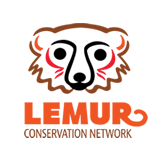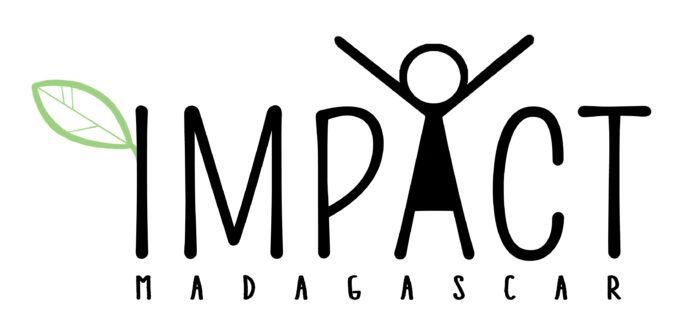Red ruffed lemur
All Aye-ayes, All Brown lemurs, All Mouse lemurs, All Ruffed lemurs, All Sportive lemurs, All Woolly lemurs, Community Support, Conservation Work, Education, Employment, Hairy-eared dwarf Lemur, Masoala, Nonprofit registered in the USA, Northeast Madagascar, Online donation, Organization, Red ruffed lemur, Type of Organization
Photography Inspiring Children in Conservation
Photography Inspiring Children in Conservation Read Post »
All Brown lemurs, All Ruffed lemurs, All Sifakas, Alternative Livelihoods, Community Support, Conservation Work, Crowned sifaka, Education, Healthcare, Mongoose lemur, Monitoring and Patrol, NGO registered in Madagascar, Northwest Madagascar, Online donation, Organization, Red ruffed lemur, Reforestation, Scientific Research, West Madagascar
Impact Madagascar
All Aye-ayes, All Bamboo lemurs, All Brown lemurs, All Indri, All Mouse lemurs, All Ring-tailed lemurs, All Ruffed lemurs, All Sifakas, Anjanaharibe-Sud Special Reserve, Area of Madagascar, Berenty, Capacity Building, Captive Care and Breeding, Collared brown lemur, Common brown lemur, Community Support, Conservation Work, Ecotourism, Education, Employment, Lemur Species, Marojejy, Mongoose lemur, NGO/Nonprofit Status Verified, Nonprofit registered in the USA, Northeast Madagascar, Northern bamboo lemur, Online donation, Organization, Parks and Reserves, Protected Area Management, Red ruffed lemur, Reforestation, Sanford's brown lemur, Scientific Research, Silky sifaka, Supporting Member, Type of donations accepted, Type of Organization
Lemur Conservation Foundation
Lemur Conservation Foundation Read Post »
All Brown lemurs, All Indri, All Ruffed lemurs, All Sifakas, Alternative Livelihoods, Area of Madagascar, Black-and-white ruffed lemur, Common brown lemur, Community Support, Conservation Work, Ecotourism, Education, Lemur Species, Makira, Monitoring and Patrol, NGO/Nonprofit Status Verified, Nonprofit registered in the USA, Northeast Madagascar, Online donation, Organization, Parks and Reserves, Protected Area Management, Red ruffed lemur, Red-bellied lemur, Scientific Research, Silky sifaka, Sustainable Agriculture, Type of donations accepted, Type of Organization, White-headed lemur
Wildlife Conservation Society
Wildlife Conservation Society Read Post »
All Aye-ayes, All Brown lemurs, All Ruffed lemurs, Alternative Food Sources, Alternative Livelihoods, Area of Madagascar, Community Support, Conservation Work, Employment, Lemur Species, Makira, Masoala, NGO/Nonprofit Status Verified, Nonprofit registered in the USA, Northeast Madagascar, Online donation, Organization, Parks and Reserves, Protected Area Management, Red ruffed lemur, Reforestation, Sustainable Agriculture, Type of donations accepted, Type of Organization, White-headed lemur
CPALI: Conservation through Poverty Alleviation International
CPALI: Conservation through Poverty Alleviation International Read Post »






